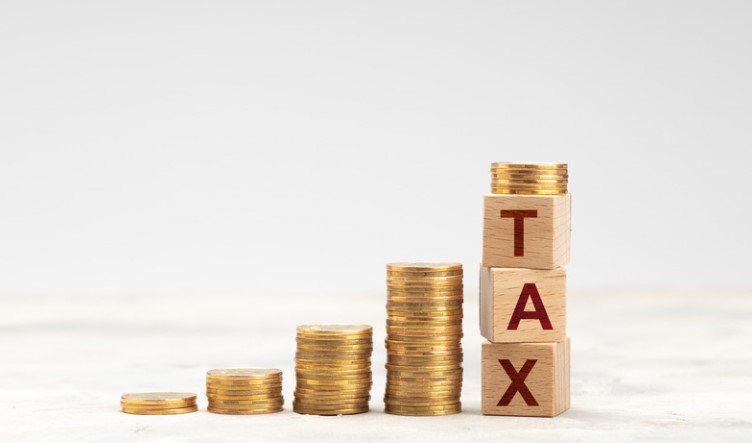Welcome to our latest blog post! Today, we’re diving into one of the most important financial concepts for Canadians: Refund Income Tax. If you’ve ever wondered what this term means and how it affects your finances, you’ve come to the right place. Whether you’re a first-time tax filer or an experienced pro, understanding Canada’s refund income tax system is crucial when maximising your returns and saving money. So, let’s explore everything you need to know about Canada Refund Income Tax!
What is Canada RIT?
The Canada RIT Deposit is an abbreviation for the Canada Refund Income Tax Deposit. It’s a mouthful, isn’t it? However, suppose you received the funds immediately after completing your yearly income tax return. In that case, it’s most likely a typical tax refund from the Canada Revenue Agency (CRA) if you overpaid your income taxes during the tax year.
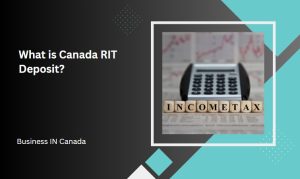
If you haven’t recently filed your income tax return or weren’t anticipating money for whatever reason, a Canada RIT Deposit could indicate that your taxes have been reassessed. If the CRA did evaluate your taxes, you should have received a Notice of Reassessment in the mail or through your CRA account. This does not imply that you are in trouble or being audited.
Overpayments can happen for various reasons, including having too much tax withdrawn from your paychecks, being eligible for tax deductions or credits not used during the year, or unclaimed tax credits from past years.
Reasons for getting a Canada RIT Deposit
- Does this suggest my taxes have been reassessed?
- Is this a sign that I’m in big trouble?
- Was the CRA mistaken about the Canada RIT deposit?
All of these are reasonable questions. Surprise money is usually welcome, but when it comes from the government, it may be shocking when you least expect it. If you got the money unexpectedly, it could signify your taxes were reassessed. If the CRA did evaluate your taxes, you should have received a Notice of Reassessment in the mail or through your CRA account.
In any event, an RIT Deposit is a reason to rejoice. This does not imply that you are in trouble or being audited. You may receive an RIT Deposit after completing your income tax return for a variety of circumstances, including:
Over-withholding
Employers must deduct income tax from your paycheques throughout the year. However, if they withhold too much, you may be eligible for a Canada RIT Deposit once you have filed your income tax return.
Deductions for Taxes
You may be eligible for tax breaks that reduce your taxable income, resulting in a smaller tax bill. You may be eligible for a RIT Deposit if you did not claim these deductions during the tax year.
Tax Credits
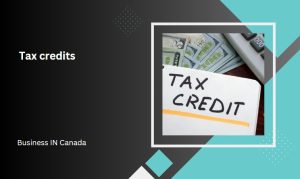
Tax credits reduce the amount of tax you owe directly. If you qualify for tax credits that were not claimed during the year or if you had unclaimed tax credits from previous years, you may be eligible for an RIT Deposit.
Payments of Taxes
You may be entitled to an RIT Deposit if you pay your taxes in instalments throughout the year and end up paying more than your real tax burden.
How To Find Out Why You Received The Canada RIT Deposit?
First, determine why you received the refund. Access your CRA My Account online using your usual login procedures. In most situations, you will receive an email to your registered email informing you of a message sent to tell you of the deposit.
Next, search the inbox for a message. It will state the amount as well as the cause. Check that the deposit information matches what you received.
If there is any discrepancy between the deposit and the notice, or you do not believe the money is yours, call the CRA immediately. It could be an error, or you could be eligible for a new tax credit.
Errors occur anywhere, including your credit score, credit card statement, and the CRA. If you believe there has been an error, such as a missing payment or something you do not believe is intended for you, please report it.
If it is discovered that the money did not belong to you, the CRA has the authority to seize it.
Finally, if the money was legitimately yours, consult with a tax professional if you have any questions. A qualified professional can help explain the deposit’s reason and assist with any remaining questions. They can also advise on properly using or reinvesting the money.
Canada RIT Payments Dates
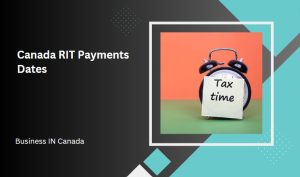
The deposit, or reimbursement date if you prefer a cheque, is determined by the ease of your return, how you file, and when you finish the return.
The government must first confirm the return. The transaction must then be routed through your account. This can take up to eight weeks if you live outside of Canada or 16 weeks if you live in Canada; however, you can check the status on your CRA My Account Portal.
The time it takes to receive the RIT deposit is partly determined by whether you pay your taxes online and have a direct deposit set up.
- If you file the taxes online, the CRA will usually process your filing within two weeks. Your tax due arrive within 14 days following the processing of your paperwork
- If you file your taxes on paper, it may take up to 8 weeks to process your return, following which you will get your deposit via mail
It may take time because if you owe money to the government, any refund will be applied to that first.
Conclusion
This article has provided a comprehensive overview of Canada’s refundable income tax system, including information about the various credits and deductions available. In addition, we’ve detailed how Canadian taxpayers can claim these refunds through their annual returns or by applying online. We hope this article has helped you understand more about Canada’s refundable income tax system and how to make the most of it when filing your taxes.
FAQ – Canada RIT Deposit
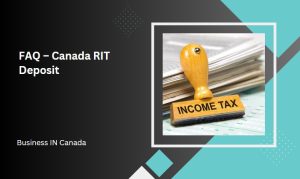
Why did I get a deposit from Canada RIT?
If you are a Canadian resident, you may have received a deposit from the Canada Revenue Agency (CRA) in your bank account. This is because the CRA has started issuing refunds for overpaid taxes to residents of Canada.
If you are wondering why you received a deposit from the CRA, it is most likely because you have overpaid your taxes for the year. When you file your tax return, the CRA will calculate how much you owe and refund any excess amount you have paid.
If you think you may have overpaid your taxes, you can check your account online to see if you received a refund. You can also contact the CRA directly to inquire about your refund status.
What is the deposit in Canada in my bank account?
If you are a Canadian resident, you may get a refund of some of the income tax you have paid. The amount of the refund will depend on your circumstances.
You must file a return with the Canada Revenue Agency (CRA) to get a refund. You have the option to do this either online or through mail. If you are owed a refund, the CRA will send you a cheque. If you owe money, they will send you a bill.
The CRA uses something called the deposit method to issue refunds. This means they will hold onto your refund until they have received all the information they need from you. Once they have everything they need, they will deposit the refund into your bank account.
This can take up to eight weeks from the time you file your return. So, if you are expecting a refund, don’t worry if it doesn’t show up immediately. Just keep an eye on your bank account, and it should eventually appear.
What is Canada RIF?
A registered retirement income fund (RRIF) is a contract that we set up between you and a carrier (such as an insurance company, a trust business, or a bank). You transfer assets to your RRIF carrier from an RRSP, a PRPP, an RPP, an SPP, another RRIF, or an FHSA, and the carrier compensates you.
Why is my bank asking for tax residency in Canada?
CRS requires financial institutions to identify clients who are residents of countries other than the United States. The bank collects client certification of foreign tax domicile as part of the account opening procedure. The CRA receives client information and account details from the bank.
Why do we get tax refunds in Canada?
There are a number of reasons why you may receive a tax refund when filing your income tax return in Canada. The most common reason is that you have overpaid your taxes during the year. This can happen if you have multiple jobs or receive certain types of income, such as interest or dividends.
Another reason you may receive a refund is if you claim certain deductions or credits that reduce your tax payable. For example, if you make charitable donations or have children in school, you may be eligible for deductions or credits that lower your overall tax bill.
If you had taxes withheld from your paycheques during the year, you may get a refund if the amount withheld is more than the tax you actually owe.
Whatever the reason, getting a tax refund can be a nice surprise. If you think you may be owed a refund, be sure to file your income tax return as soon as possible so you can get your money back!




